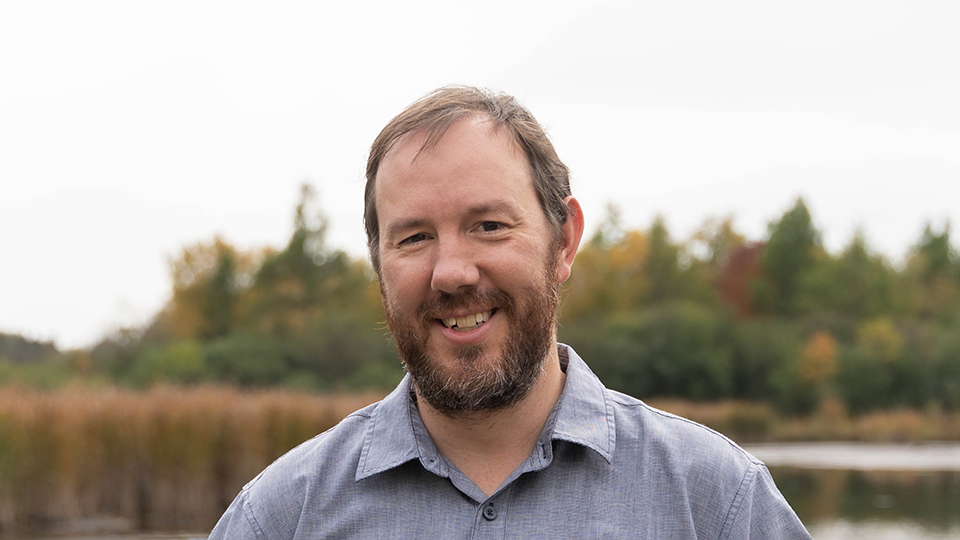
Adam J. Heathcote, Director, Department of Water and Climate Change
Ph.D., Iowa State University, (Ecology and Evolutionary Biology), 2013
B.Sc., Iowa State University, (Animal Ecology), 2005
Phone: (612) 470-0867
Email: aheathcote@smm.org
Website: aheathco.wordpress.com
Academic Appointments and Recognition
Board of Directors, Treasurer, Association for the Sciences of Limnology and Oceanography (2025-Present)
Fellow (2023-Present), Association for the Sciences of Limnology and Oceanography
Fellow (2022-Present), University of Minnesota Institute on the Environment
Visiting Fellow (2023-2024), Loughborough University Institute of Advanced Studies
Postdoctoral Fellow (2013-2015), Université du Québec à Montréal, Group de Recherche Interuniversitaire en Limnologie (GRIL)
Research Interests
Paleolimnology and Anthropogenic Eutrophication
My research in this area focuses on reconstructing the historical impact of human activities, particularly nutrient pollution (anthropogenic eutrophication), on lake ecosystems. I utilize paleolimnological techniques, including the analysis of lake sediments for biological indicators and geochemical markers, to understand past environmental conditions and long-term ecological changes. A key aspect of this work is establishing reference conditions prior to significant human disturbance and correlating environmental degradation with historical land-use changes. I also investigate the contemporary effects of eutrophication on plankton ecology, with a particular emphasis on harmful algal blooms (HABs) caused by Cyanobacteria.
Carbon Biogeochemistry and Sequestration in Aquatic Ecosystems
My work explores the critical role of freshwater lakes in the global carbon cycle, with a specific focus on carbon sequestration (burial) in lake sediments. I quantify carbon stocks and investigate changes in sequestration rates over time, including examining the impact of global environmental changes like increased climatic variability and atmospheric deposition on these processes. This area of research highlights the significant, and often underappreciated, contribution of lakes to long-term carbon storage.
Radiometric Dating of Lake Sediments
As the head of the Radiometric Dating Laboratory at SCWRS, I specialize in dating lake sediment cores using radioisotopes, primarily Pb-210 and Cs-137 via our laboratory's array of alpha and gamma spectrometers. This work is fundamental to establishing precise chronologies for environmental records preserved in lake sediments. These dating techniques allow for accurate determination of accumulation rates and the timing of environmental changes, providing essential temporal context for paleolimnological reconstructions and enabling the quantification of long-term environmental trends and human impacts on aquatic ecosystems. For more information on sediment core dating in our laboratory, visit our Laboratories & Equipment page.
Publications
See a full list of Dr. Adam J. Heathcote's publications here.